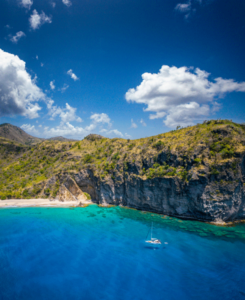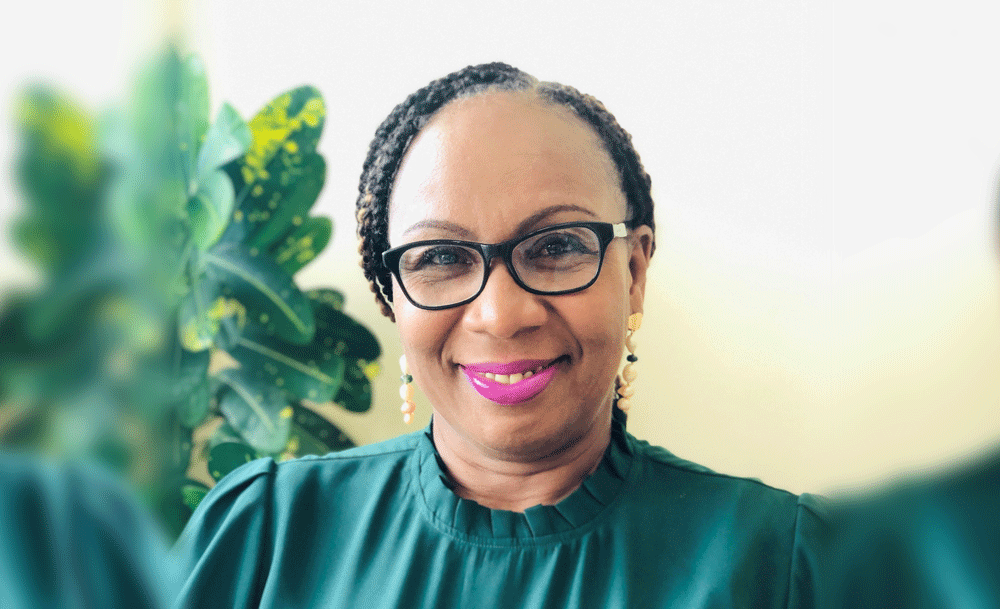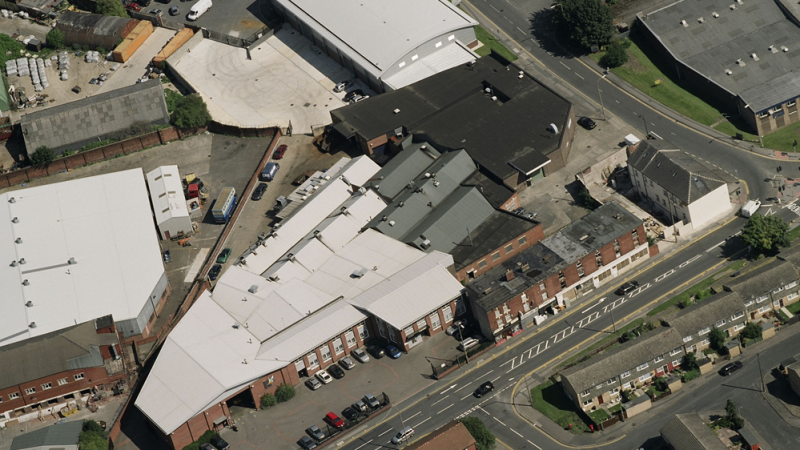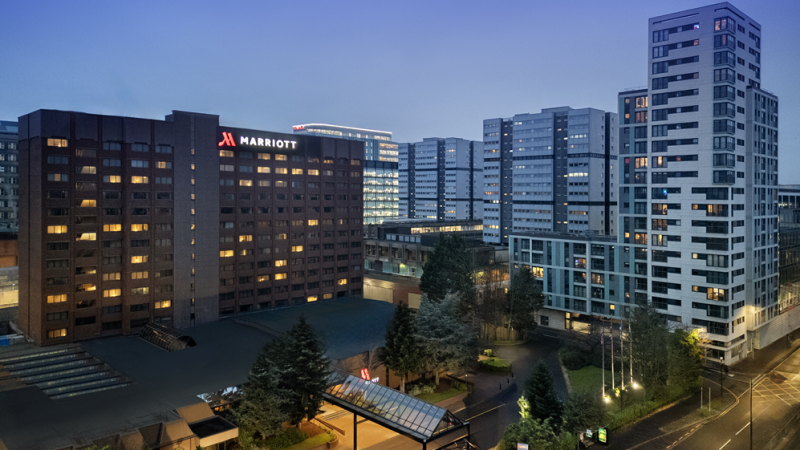Montserrat, nicknamed “The Emerald Isle of the Caribbean”, both for its resemblance to coastal Ireland and for the Irish ancestry of many of its inhabitants. It is a British Overseas Territory located in the northern portion of the Lesser Antilles chain of the Caribbean.
The relatively small island of approximately 40 square miles with a population of just over 4,000 boasts soaring peaks, rainforest-covered hillsides as well as crystal clear waters. While it shares the Caribbean’s exposure to the hurricane belt and has a rich history shaped by volcanic activity, these natural elements add to its unique character, making it a resilient paradise that coexists with nature.
Rosetta West Gerald, CEO of the Montserrat Tourism Authority, explains that in 1995 the once dormant Soufrière Hills Volcano erupted for the first time in almost 400 years, dramatically altering life on the island. The eruptions devastated the southern part of the island including the capital Plymouth, which resulted in the migration of more than half of the island’s population to the UK, North America and other Caribbean islands.
The last eruption occurred in 2010, and since then, a lot has been done. “As a result of those volcanic activities, the island has grown with more land added – this new fertile land has become genuine real estate, that is fully utilized,” says Gerald.
“Montserrat is located only 20 minutes by air from Antigua and 1.5 hours by ferry. Following the eruptions, essential infrastructure was built including a new airport and a port facility. Currently, improvements are being made to the port facility with the addition of a new pier to accommodate ships up to 187 m in length and a draught of 9 m. This upgrade is aimed at enhancing the docking capabilities, thus facilitating the arrival of more vessels to the island,” she added.
Gerald further acknowledges that the Authority has intensified promotion of its Remote Workers’ Stamp programme. Montserrat introduced their digital nomad visa in January 2021 and interest has been rising, slowly but steadily, ever since.
 For a different type of tourist
For a different type of tourist
Montserrat is governed by a locally elected Premier and Parliament. Born and raised in Montserrat, Gerald explains that the Tourism Authority is a recently established institutional body – it came into existence on 1st July 2024, following its transformation from a Tourism Division that previously operated under the Office of the Premier.
“We have seven board members from different areas of the tourism sector, and we focus on product development, marketing and setting standards,”. “Unlike nightlife seekers, Montserrat attracts a different type of tourist. We promote eco-friendly tourism, and target those seeking soft adventures – hiking, biking, diving, snorkelling, turtle watching volcano viewing and birdwatching.”
The general objective of the Authority is to enhance the visitor experience and to make their stay as convenient and comfortable as possible. “We strive to improve facilities on some of our beaches: we have added toilet facilities to the main beaches and have installed picnic tables and barbecue grills, and we have upgraded some of our trails with new signage about the flora and fauna. Overall, we promote 8 trails from gentle to extreme slopes, with plans for additional trail and other upgrades in the coming months.”
The Tourism Authority also manages the Jack Boy Hill Viewing Facility, strategically positioned to view the volcano and surrounding environs including the abandoned airport and destroyed Eastern villages. Tours into Plymouth, the buried city, are available but only with certified guides.
Gerald affirms that visitors can feel absolutely safe on the island – the Montserrat Volcano Observatory monitors all activity of the Soufrière Hills Volcano 24/7, and together with the University of East Anglia and partners, champions the Mountain A Glow project. This chronicles the history of the volcano and life in Montserrat before and after the eruptions, in addition to providing first-hand accounts from residents who lived through the experience.
Keeping the essence
After the eruptions grounded the tourism sector, visitor numbers started to climb slowly to reach 21,000 in 2019, only to fall back again during the pandemic. In 2023, the number of visitors reached 14,800. “We are basically starting from scratch again,” says Gerald, adding that the focus is on attracting high-end, quality visitors. “We want tourism to grow, but in a controlled way, so that the essence of Montserrat, its beauty and its environment, is not lost.”
To this end, the Authority launched an environmental awareness program in 2022 with the aim of informing the public about the importance of Montserrat’s unique environment and the benefits to be derived from it, especially from a tourism perspective. Another programme to be launched soon is the environmental stewardship programme, to help champion the cause for the environment, and to allow people to learn about the benefits of living in harmony with the environment while benefitting from it.
“We are working with the local community to help us promote Montserrat. We have launched special programmes for local stakeholders to learn more about the tourism industry, to see how tourism can benefit them, and to improve their customer service skills. An example is the Culinary Skills Training Programme aimed not only at enhancing culinary skills in preparation and presentation, but also to inspire a new generation of local chefs, fostering a vibrant culinary scene that complements Montserrat’s unique tourism offerings.”

Celebrating past and present
Montserrat is also an island of festivals and celebrations: in March, St Patrick’s festival is an Afro-Irish 10-day celebration of culture, history and food, paying homage to the residents’ past and all parts of their identity. Montserrat is the only country outside of Ireland to celebrate St Patrick’s Day as a national holiday.
Montserrat is also one of just two Caribbean islands to host their last Carnival at the end of the year – Christmas Carnival, as well as the first – it begins mid-December and ends on 1st January. And throughout the year, there is a number of other festivals and events that the Tourism Authority promotes.
“We have just concluded Tourism Week 2024, a week-long celebration at the end of September, filled with exciting activities that showcase the best of our island’s culture, heritage and natural beauty. The theme was tourism and peace, which tied into the theme for World Tourism Day ,” says Gerald.
“Next year, we are planning to do more by way of promoting Montserrat further afield, participating in trade events perhaps in the UK and the US. Due to its location in the hurricane belt Montserrat is not without its challenges, but given its beauty and its unique, tranquil environment, still offers a paradise experience.”







